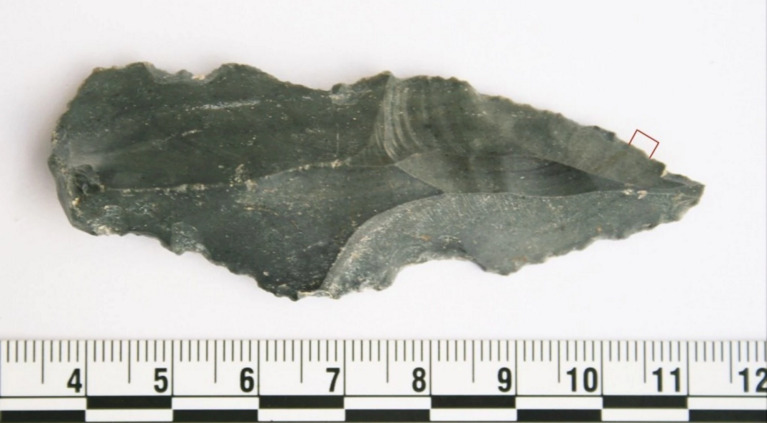Study details 250k-year-old tools used to hunt rhinos, ducks and more
Researchers have discovered 250,000-year-old tools that were used to hunt and butcher rhinoceros and other types of animal, according to a new study, helping shed light on how the human ancestors living at the time kept themselves fed. The tools were found at a location near Azraq, Jordan which has served as an oasis in the harsh environment for hundreds of thousands of years. The human ancestors that stopped there — researchers aren't entirely sure which ones — left behind many items that have ended up being a treasure trove for scientists.
Ongoing work in the region has uncovered more than 10,000 items, some as small as chips of stones and others as big as whole tools and weapons. Things like small tools have been found with materials from the oasis' immediate surroundings, while larger tools are said to contain materials from several miles or beyond the location. This degree of separation between the tools' origins leads researchers to believe the human ancestors lived miles away from the oasis, heading there when it was time to gather more food.

Based on the waste materials and tools left in that area, the researchers believe whatever animals were killed were butchered near the watering hole that attracted the animals — something that makes sense given how difficult it would be to transport an entire rhino.
How do the researchers know rhinos were hunted and killed? They had some of the recovered tools analyzed for animal residue – that is, traces of blood or flesh — and were lucky enough to get positive results shedding light on the early humans' diet: rhino, horse, wild cattle, duck, and camel. Most interesting, though, is that each tool tested positive for only one particular type of animal, meaning these human ancestors likely made a tool, hunted and butchered with it, then tossed it aside, bringing newly made ones for the next hunt.
VIA: Washington Post
